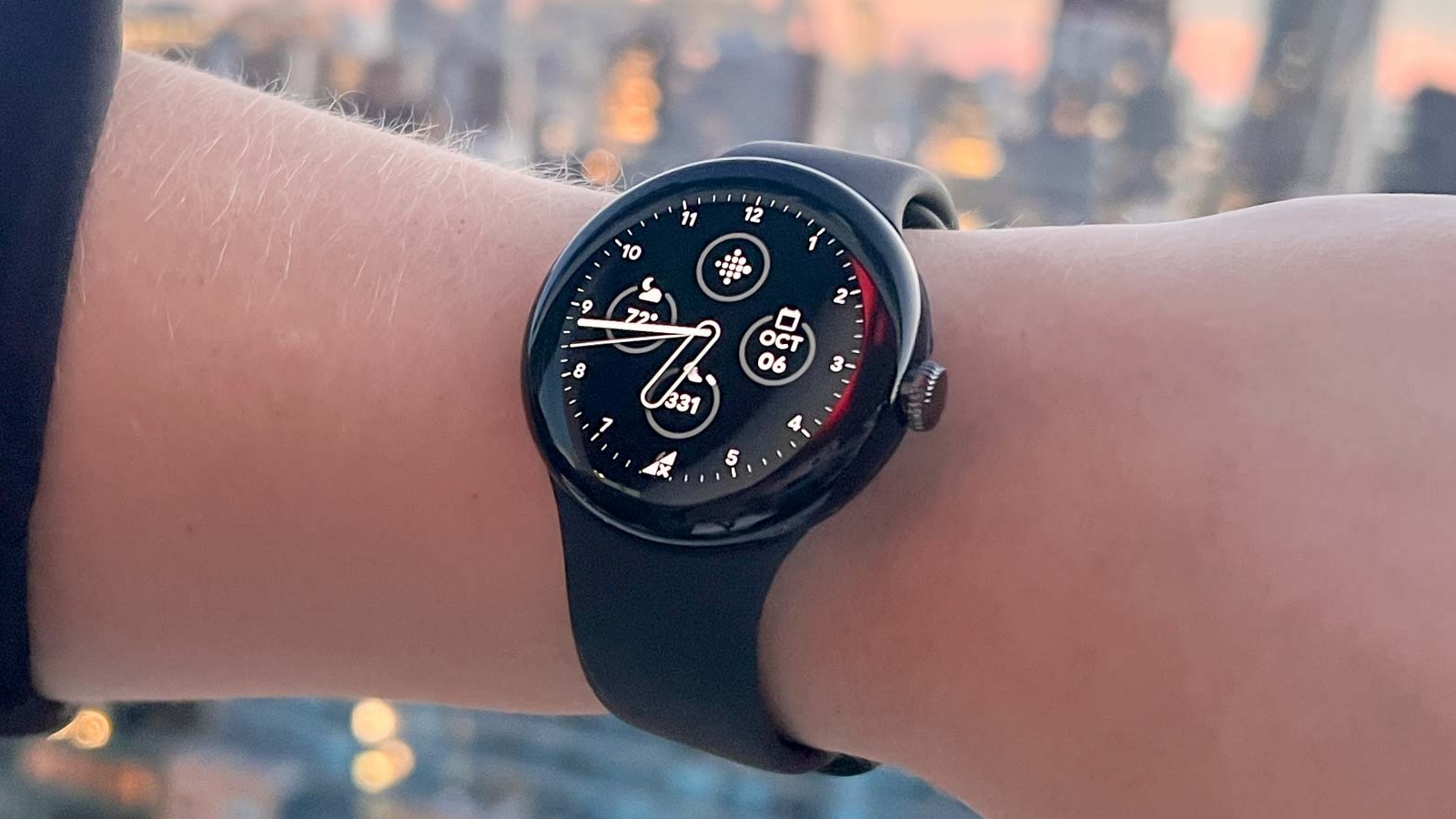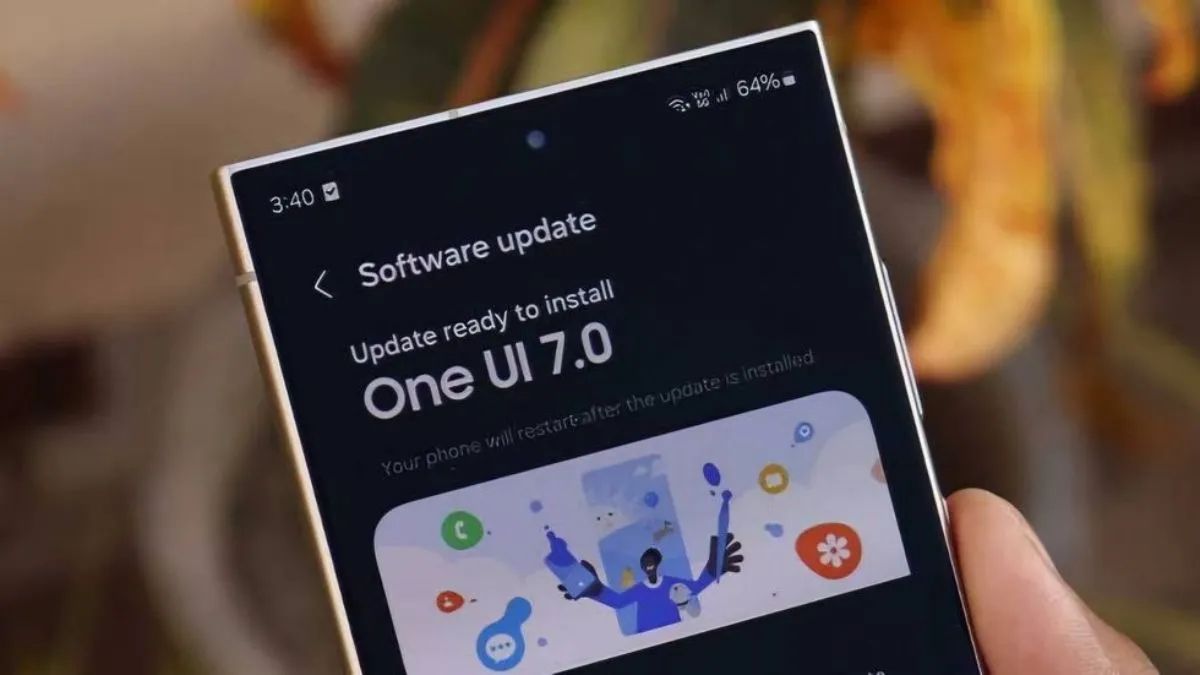A research team comprising of high school students effectively analyzed data obtained from NSF’s (National Science Foundation) Robert C. Byrd Green Bank Telescope and eventually discovered a new pulsar. This newly discovered pulsar is even more special due to its orbits; it has the widest orbit ever seen around any neutron star.
For those who don’t know: a pulsar is a rapidly spinning neutron star, which is the super-dense remains of a massive star that exploded as a supernova. Spinning of a pulsar results in streaming of beams containing radio waves from the poles of the neutron star’s highly powerful magnetic field; these beams finally sweep through the space.
Radio telescopes stationed on the surface of the Earth capture the pulse of the radio waves when one such beam sweeps across the planet.

Statistics suggests that around 10% of all pulsars discovered to date are parts of binary systems. The majority of those pulsars orbit ancient white or degenerated dwarf companion stars. A very small share of them is found to be orbiting other pulsars or a main sequence star such as the Sun.
The process of conversion of massive stars into supernovas after completion of their normal life might result in a pretty one-sided explosion. The explosion, according to experts, results in a jolt in the remaining stellar core. The neutron star, thus formed, hurtles through the space.
The event, as described above, makes it almost impossible that two neutron stars would remain locked to each other gravitationally within a single system.
The pulsar we are discussing here was discovered in 2012 by Cecilia McGough and De’Shang Ray. While McGough was a student of the Strasburg High School in Virginia at that time, Ray used to study in the Paul Laurence Dunbar High School, a school in Baltimore, MD.
http://thehoopsnews.com/2015/05/03/4837/3-babies-saved-by-3d-printed-windpipe-growth-flexible-splints/
The most significant fact presented by the young scientists is that the newly discovered pulsar and its neighbor has the widest distance between each other to have ever been observed in a binary pulsar system.
The discovery took place when the two students were participating in a summer workshop known as the Pulsar Search Collaboratory workshop. The workshop is an education-based outreach program funded by the NSF; the program allows interested and curious high school students to analyze pulsar survey facts and figures gathered by the Green Bank Telescope or GBT.








